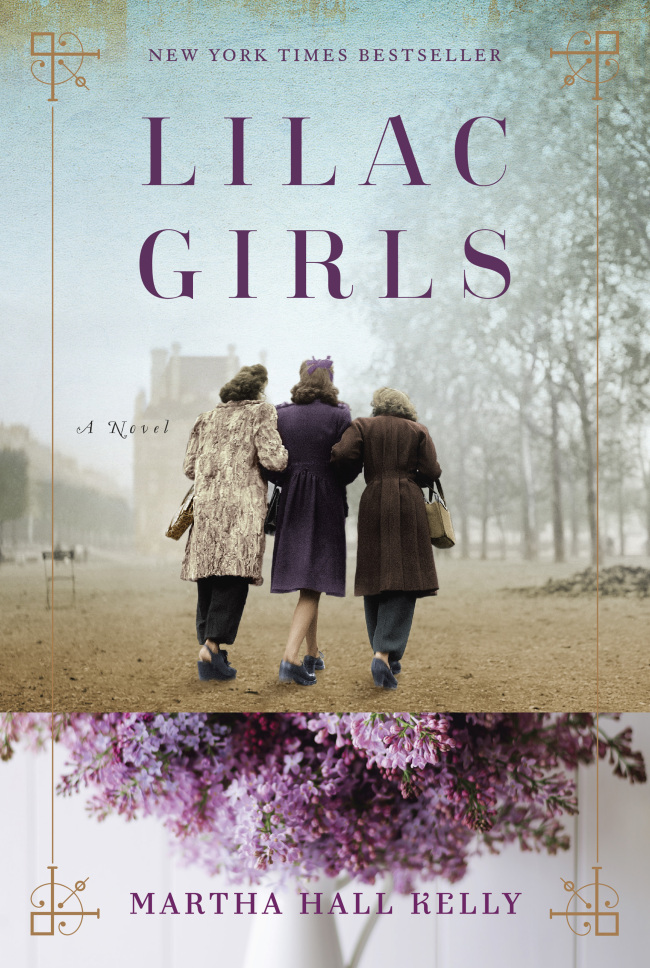
“Lilac Girls”
By Martha Hall Kelly
Ballantine Books (496 pages, $26)
Martha Hall Kelly stumbled on the idea that would lead to her debut novel, “Lilac Girls,” when she decided to take a tour of the Bellamy-Ferriday house and garden in Bethlehem, Connecticut
The historic home got the Bellamy part of its name from a reverend who gained fame through his role in the Great Awakening, America’s religious revival of the mid-18th century.
About 150 years later, the 40.5-hectare farmstead was purchased by Manhattan socialites Henry and Eliza Ferriday, who, among other improvements, created an impressive garden that their daughter, Caroline, later filled with antique roses and specimen lilacs.
Kelly was lured by the lilacs but left inspired by something bigger.
In an author’s note at the end of the novel, Kelly explains how she saw that day a photograph of the Rabbits, a group of 74 Polish women whom Caroline raised money for in the aftermath of World War II. The women had been political prisoners at Germany’s Ravensbruck, the only major Nazi concentration camp for women in Germany.
They’d been treated like lab animals in a series of beyond-cruel medical experiments. As the Alliance for Human Research Protection sums up on its website: “The experiments were designed to maim and cripple healthy human beings. Their leg bones were broken, pieces of bone extracted; nerves and muscles torn. To simulate battle injuries, the doctors sought to maximize infection by deliberately infecting the wounds using increasingly more potent bacteria cultures; rubbing the surgical wounds with bacteria, sawdust, rusty nails and slivers of glass.” (TNS)



![[Exclusive] Korean military set to ban iPhones over 'security' concerns](http://res.heraldm.com/phpwas/restmb_idxmake.php?idx=644&simg=/content/image/2024/04/23/20240423050599_0.jpg&u=20240423183955)

![[Graphic News] 77% of young Koreans still financially dependent](http://res.heraldm.com/phpwas/restmb_idxmake.php?idx=644&simg=/content/image/2024/04/22/20240422050762_0.gif&u=)



![[Pressure points] Leggings in public: Fashion statement or social faux pas?](http://res.heraldm.com/phpwas/restmb_idxmake.php?idx=644&simg=/content/image/2024/04/23/20240423050669_0.jpg&u=)









